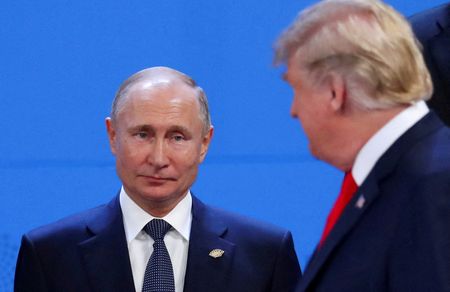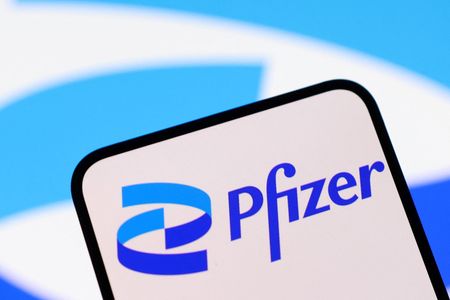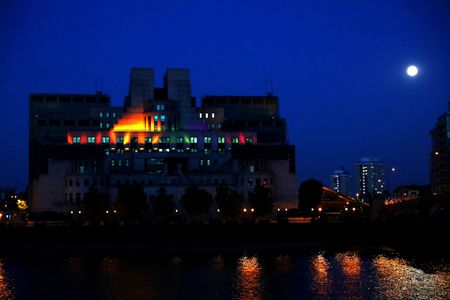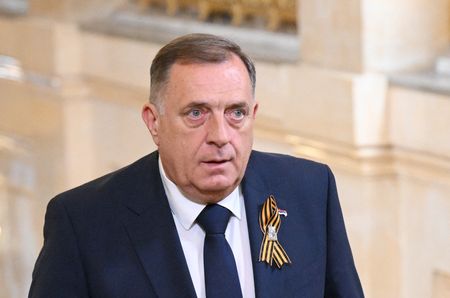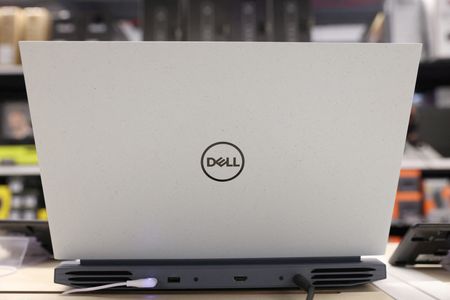By Unnamalai L
(Reuters) -Smith+Nephew’s turnaround efforts helped the medical products maker beat first-half profit expectations on Tuesday, prompting the launch of a $500 million share buyback programme for the second half, sending its shares up more than 15%.
The British group, which makes orthopaedic implants, wound dressings and other surgical aids, has been cutting costs and launching products in a recovery led by elective surgeries in the U.S., its biggest market, offsetting a challenging Chinese market.
“The operational improvements we have made under the 12-Point Plan are increasingly translating into better financial performance,” said Chief Executive Deepak Nath.
All of Smith+Nephew’s businesses grew faster in the second quarter than in the first, with underlying revenue growth of 5% or more. The company also maintained its 2025 outlook, including an impact of $15 million to $20 million from U.S. tariffs.
Smith+Nephew’s tariff mitigation plans included the adjustment of product flow within its manufacturing network, though it has no plans for any significant shift in manufacturing locations, CEO Nath told Reuters.
“What I am not talking about is building new factories in one place versus another. That is quite a bit more complicated in a highly regulated business like healthcare,” he said.
Most of Smith+Nephew’s manufacturing bases are in the U.S., accounting for about two thirds of products sold by the company in the country. It also has plants in the UK, Switzerland, Costa Rica, Malaysia and China.
The bulk of tariff impact is expected in the second half, finance chief John Rogers told analysts.
The company’s shares were up almost 16% at 1115 GMT, the biggest percentage rise on Britain’s blue-chip index and on track for their biggest daily gain since March 2020.
Jefferies analysts welcomed the buyback plan, adding that Smith+Nephew “seems like a relative safe haven” thanks to its limited exposure to the wider economic backdrop and its “appealing valuation”.
Nath also said that Smith+Nephew was committed to operating all of its businesses in the face of pressure from some investors for the group to be broken up.
A first-half trading profit of $523 million beat an average estimate of $496 million in a poll of analysts by the company while revenue of $2.96 billion exceeded expectations of $2.93 billion.
(Reporting by Unnamalai L and Pushkala Aripaka in BengaluruEditing by Sherry Jacob-Phillips, Mark Potter and David Goodman)




